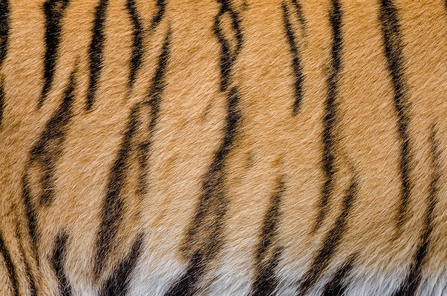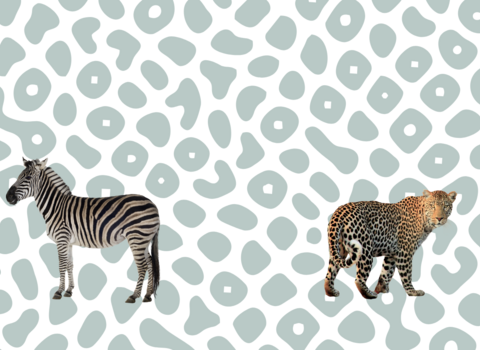
Turing’s Patterns control how tigers’ stripes are formed.
Tigers’ stripes are useful as camouflage. The stripes break up the tigers’ size and shape, helping the tiger to blend in to its surroundings. This helps tigers hunt prey without being detected.
Given how important camouflage is in tigers, it might seem surprising that they are orange! However, the animals that tigers hunt (such as deer and boars) can’t tell the difference between red and green. This means that to them, tigers are the same colour as the surrounding forest.
Turing’s last years
After the war, Turing turned his attention to artificial intelligence. However, in 1952, he published a paper called "The Chemical Basis of Morphogenesis". This paper described how patterns such as stripes and spots can arise in nature. Today, these are known as ‘Turing’s Patterns’. This was the only paper Turing ever published on biology, yet it started a whole new field of mathematical enquiry into pattern formation.

A statue of Alan Turing at the University of Surrey draped in a pride flag. Credit getsurrey.co.uk
Before Turing could continue his work in this field, he died in 1954 at the age of just 41. The final years of his life were blighted by his arrest and trial under the anti-gay laws in place at the time. It was not until 2013 that Turing finally received a posthumous pardon. The question of what else Turing could have given the world had he lived will remain forever unanswered. However, today Alan Turing is remembered as a hero whose work saved millions lives.

